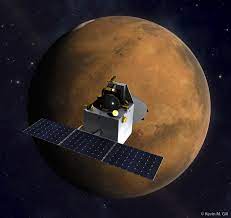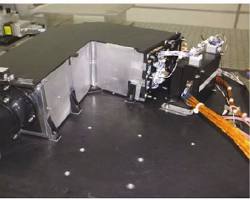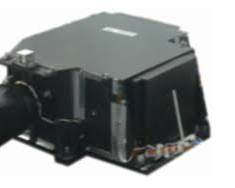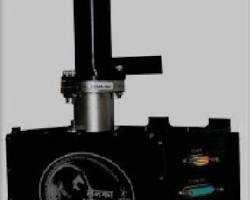The Mars Orbiter Mission (MOM), also known as Mangalyaan, is India's first interplanetary mission. The spacecraft was launched on November 5, 2013, from the Satish Dhawan Space Centre in Sriharikota, Andhra Pradesh, India, using a Polar Satellite Launch Vehicle (PSLV). MOM entered Mars orbit on September 24, 2014, becoming India's first spacecraft to orbit another planet.

MOM is a 1,337 kg spacecraft that carries five scientific instruments:
• Mars Colour Camera (MCC): This camera takes images of Mars in visible light.
• hermal Infrared Imaging Spectrometer (TIS): This instrument measures the temperature and composition of the Martian surface.

• Methane Sensor for Mars (MSM): This instrument measures the amount of methane in the Martian atmosphere.

• Mars Exospheric Neutral Composition Analyzer (MENCA): This instrument measures the composition of the Martian exosphere, the outermost layer of the Martian atmosphere.

• Lyman Alpha Photometer (LAP): This instrument measures the amount of hydrogen in the Martian atmosphere.

MOM's primary objectives are to:
• Study the Martian surface and atmosphere
• Search for methane in the Martian atmosphere
• Measure the Martian exosphere
• Measure the amount of hydrogen in the Martian atmosphere
The MOM mission is a significant milestone in India's space program. It is the first time that India has successfully launched and operated a spacecraft to another planet. The mission has demonstrated India's growing capabilities in space exploration and has inspired a new generation of scientists and engineers.
MOM has also made significant scientific contributions. The mission has provided new insights into the Martian surface and atmosphere, and it has helped to establish India as a major player in space exploration.